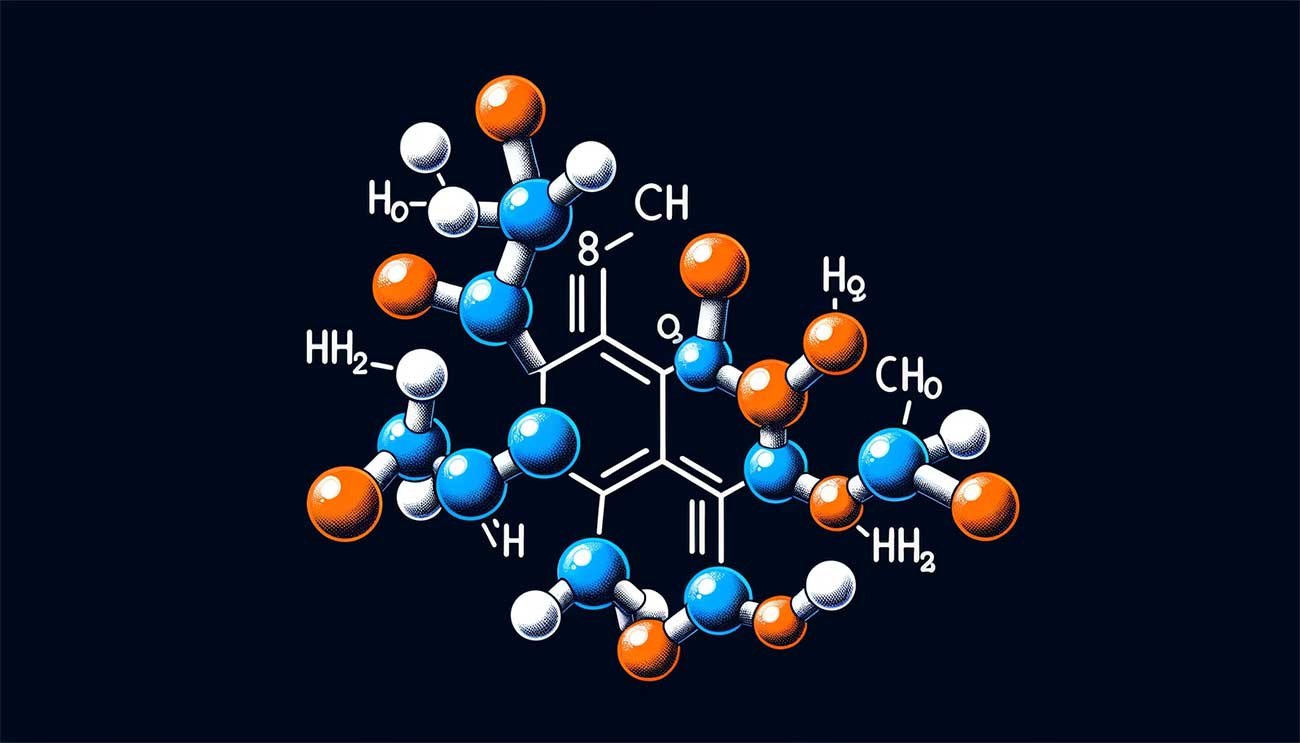2-Arachidonoylglycerol (2-AG) is a crucial component within the endocannabinoid system (ECS), a complex network responsible for maintaining bodily homeostasis. As an ester formed from arachidonic acid and glycerol, 2-AG is an endogenous cannabinoid, binding and activating cannabinoid receptors throughout the body. Its discovery in 1995 marked it as the second endocannabinoid identified, following anandamide.
Role and Mechanism of 2-AG
Functions in the Body
2-AG plays a pivotal role in a range of physiological processes. It acts as an agonist for the CB1 receptor and is the primary endogenous ligand for the CB2 receptor. Through these interactions, it influences various functions including:
-
- Pain sensation
-
- Inflammation regulation
-
- Synaptic plasticity
-
- Stress response
-
- Cognitive processes
-
- Emotional regulation
-
- Energy balance
Impact on the Central and Peripheral Nervous Systems
2-AG’s influence extends to both the central and peripheral nervous systems. It functions as a full agonist of the CB receptors, significantly affecting neurotransmitter release and modulating numerous (patho)physiological functions like neuroinflammation and emotion regulation.
2-AG’s Role in the Endocannabinoid System
Maintaining ECS Balance
The ECS, comprising receptors, enzymes, and endocannabinoids like 2-AG and anandamide, is essential for maintaining the body’s internal balance. Disruptions in this system can lead to various health issues. For instance, abnormal levels of 2-AG are linked to problems in appetite and metabolism regulation. This shows the critical nature of 2-AG in sustaining a balanced ECS.

